THOUGHT STARTER SERIES
Modern pharma commercial field teams are shifting engagement with healthcare professionals (HCPs) from predominantly in-person to an omnichannel approach that includes face-to-face visits, emails, virtual meetings, digital events, and HCP-initiated content requests. This shift can make it challenging to understand the best strategies for optimal HCP engagement beyond your intuition or siloed organizational data.
But, by turning to industry data for answers, commercial operations teams can gain actionable insights into HCP engagement trends to efficiently structure their teams and optimize field force planning activities for maximum effectiveness. You can ensure you’re on par with the industry, increase pharma rep efficiency, build better relationships, stay present with HCPs, and grow HCP interest over time.
OMNICHANNEL ENGAGEMENT INCREASES EFFICIENCY AND EXTENDS HCP INTEREST
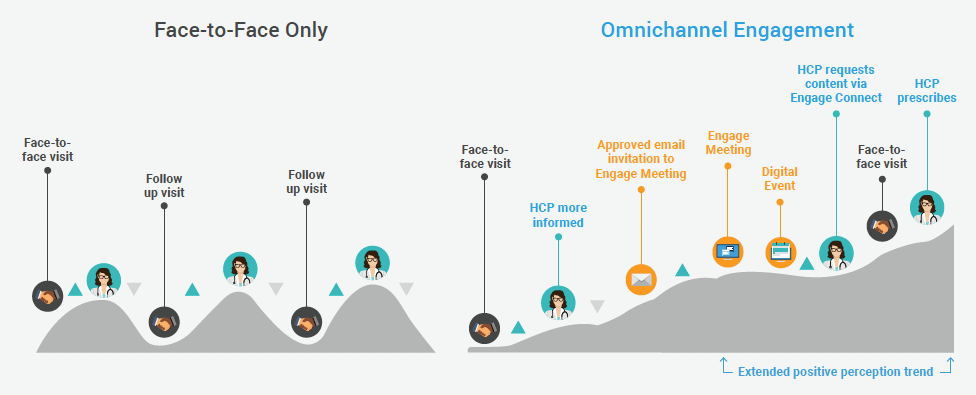
Best practices for omnichannel engagement
Omnichannel HCP engagement is here to stay. However, adopting these new ways of working can initially complicate your field planning strategy. Here are a few tips to make the shift to planning for digital channels easier:
- Establish your technical foundation. As you determine how you value digital activities, you will need to establish KPIs and reporting. For example, does a face-to-face call have the same value as an approved email or virtual meeting? Your technical foundation may inform how you design incentive compensation plans.
- Coordinate cross-functional field planning. Now, more than ever, it’s essential to coordinate field planning across functions. A waterfall model — one team focused on data generation, handing it off to another team responsible for territory design, followed by a third team focused on targeting — doesn’t work anymore. Instead, it’s essential that everyone across teams and channels works together off of the same data and communicates effectively.
- Consider your content: The fundamental drivers of promotional response continue to be time with the customer and content utilization. Although content usage in video meetings is consistently higher than in-person, it can differ depending on the platform. You may need different content or to refresh it at a different rate when using digital channels because you use content more often. Don’t forget about A/B testing, promotional response curve analysis, or experimentation.
- Bring your go-to-market strategy to the field. When asking reps to engage with HCPs through digital channels, you will need organizational change management and field coaching to get their buy-in and maximize effectiveness. Consider looking at KPIs and analytics to identify your best-performing reps and field teams to share best practices.
- Evolve processes and automate. You don’t want to do manual data loads or other tasks that you can automate or solve using business rules or technology. A modern technology stack leaves you with time to focus on more complex, high-value activities.
WEEKLY CONTENT USAGE BY CHANNEL
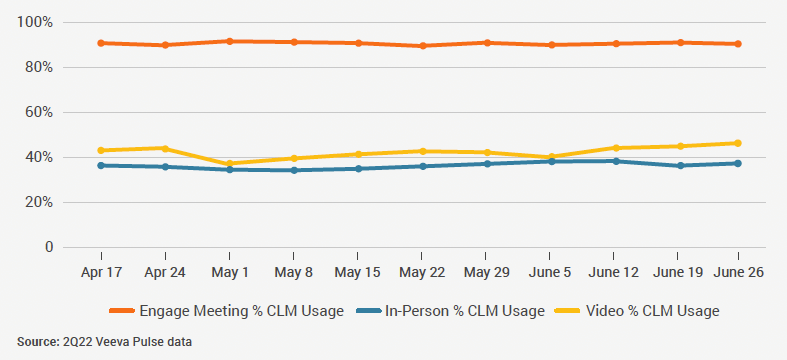
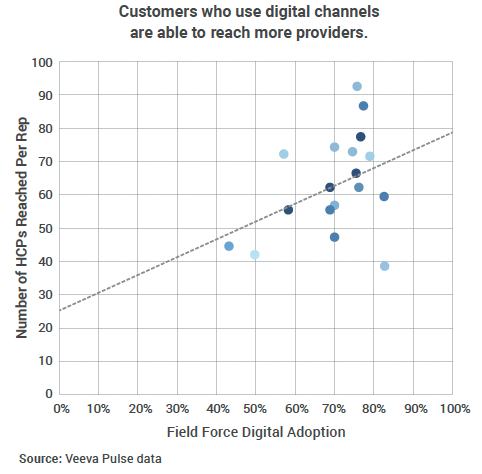
Moving beyond legacy assumptions
Industry data on effective HCP engagement can have a tangible and immediate impact on your strategy. For example, data shows that leading reps engage in three video meetings with HCPs weekly. The next time you launch a new product, you can adjust your engagement strategy by moving away from intuition or siloed organizational data and ensure you’re on par with the industry.
It’s also critical to include digital channels in your data set, comparing longitudinal data with CRM activity data to understand how they drive higher promotional response. For example, data shows that virtual meetings are 3x more promotionally responsive than face-to-face.
There’s a clear correlation: the more digital adoption channels your field teams have, the greater the number of HCPs they can reach.
Optimize the field planning process
The field planning process happens repeatedly, so you must have the tools and services you need to design and execute your go-to-market strategy effectively.
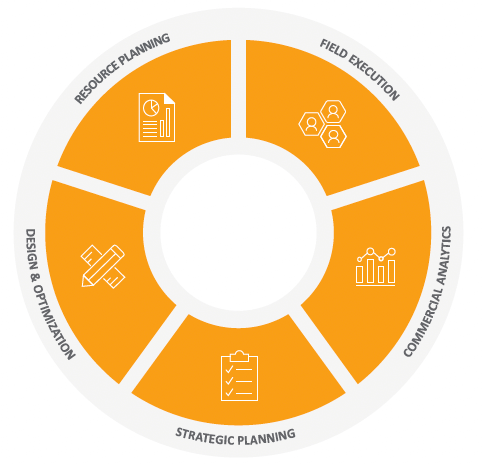
- Commercial analytics: Your field planning process starts with commercial analytics. Understand field activities and engagements, and ensure KPIs are available to everyone in your organization.
- Strategic planning: Business consulting services can help you understand and make the most of these essential activities, from field-force sizing to promotional response curves.
- Territory design and optimization: Both territory design and resource allocation software and services exist to help maximize your return on field investment.
- Field input: Once your structure is in place, allow your field teams to review plans and get their input.
- Field execution: You’ll want to ensure that you’re capturing the activity and engagement data your reps are generating. Your CRM systems contain a gold mine of information to help with data-driven field planning and decisions about commercial operations.
A fresh territory design approach
Digital tools can help you reconsider historical assumptions about field territory design. For example, you might look at a region that is further afield or with high-potential customers and decide that a omnichannel engagement approach makes sense, with face-to-face visits quarterly and engagement through digital channels throughout the rest of the quarter. You may even find that this approach enables you to reach new customers.
RECONSIDER TERRITORY DESIGN
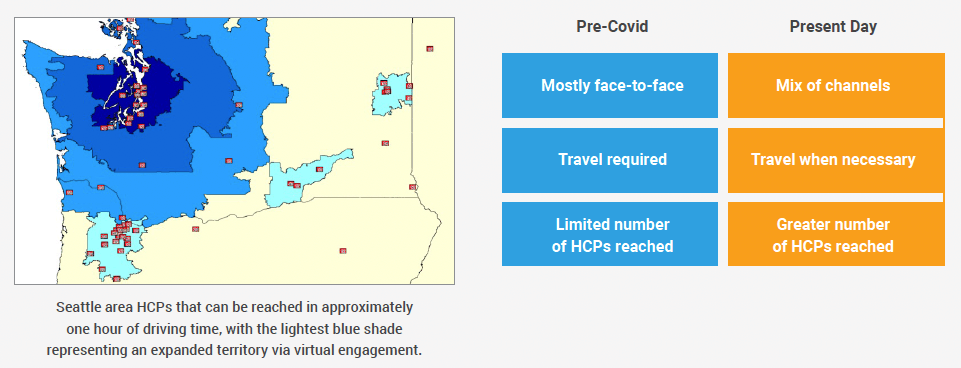
Case studies from the field
One pharma company could engage customers through digital channels but had not yet embraced the approach fully and was only reaching about 10% of its target HCP list. Using Veeva CRM Pulse data, the company learned that its peers in the same therapeutic area reached 85% of the target market.
Armed with data, the company’s operations team made a case with sales leadership to adopt a new approach.
In another scenario, a company was committed to only face-to-face engagement after the pandemic. While competitors adopted more flexible omnichannel approaches, the company experienced an estimated $45 to $90 million revenue loss.
Key takeaways

Understand HCP engagement trends
Omnichannel success requires more than simply using digital tools. You need to take
these channels into account during the field planning process to ensure maximum effectiveness.
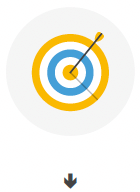
Enable field teams for success
Empower your teams with excellent tools to make the most of omnichannel engagement,
and help them strategize how best to use each channel.
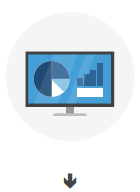
Use data to inform decisions
From structuring your teams to optimizing activity plans for maximum effectiveness,
data should serve as your decision-making foundation.
and adapt to changing conditions.

